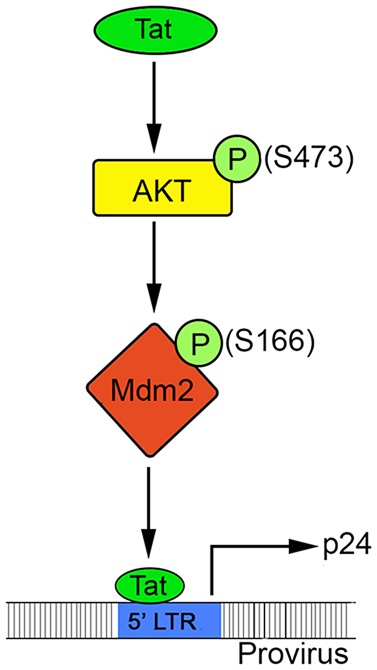Figure 8. Mechanistic model showing HIV-1 Tat-mediated stabilisation of Mdm2.

HIV-1 Tat protein is expressed in the initial phase of the HIV-1 life cycle and its activity is modulated by several cellular proteins. The present study shows that HIV-1 Tat protein induces phosphorylation of AKT at S473 position, which leads to the activation of AKT. Activated AKT in turn phosphorylates Mdm2 at serine-166, which is essential for stability of Mdm2 and its interaction with the Tat protein. Phosphorylated Mdm2 (S166) increases HIV-1 Tat-mediated transactivation of the viral promoter and hence HIV-1 replication. Thus, HIV-1 Tat and Mdm2 operate in a positive feedback manner resulting in the enhancement of viral replication. Arrows (→) indicate enhancement in activity.
